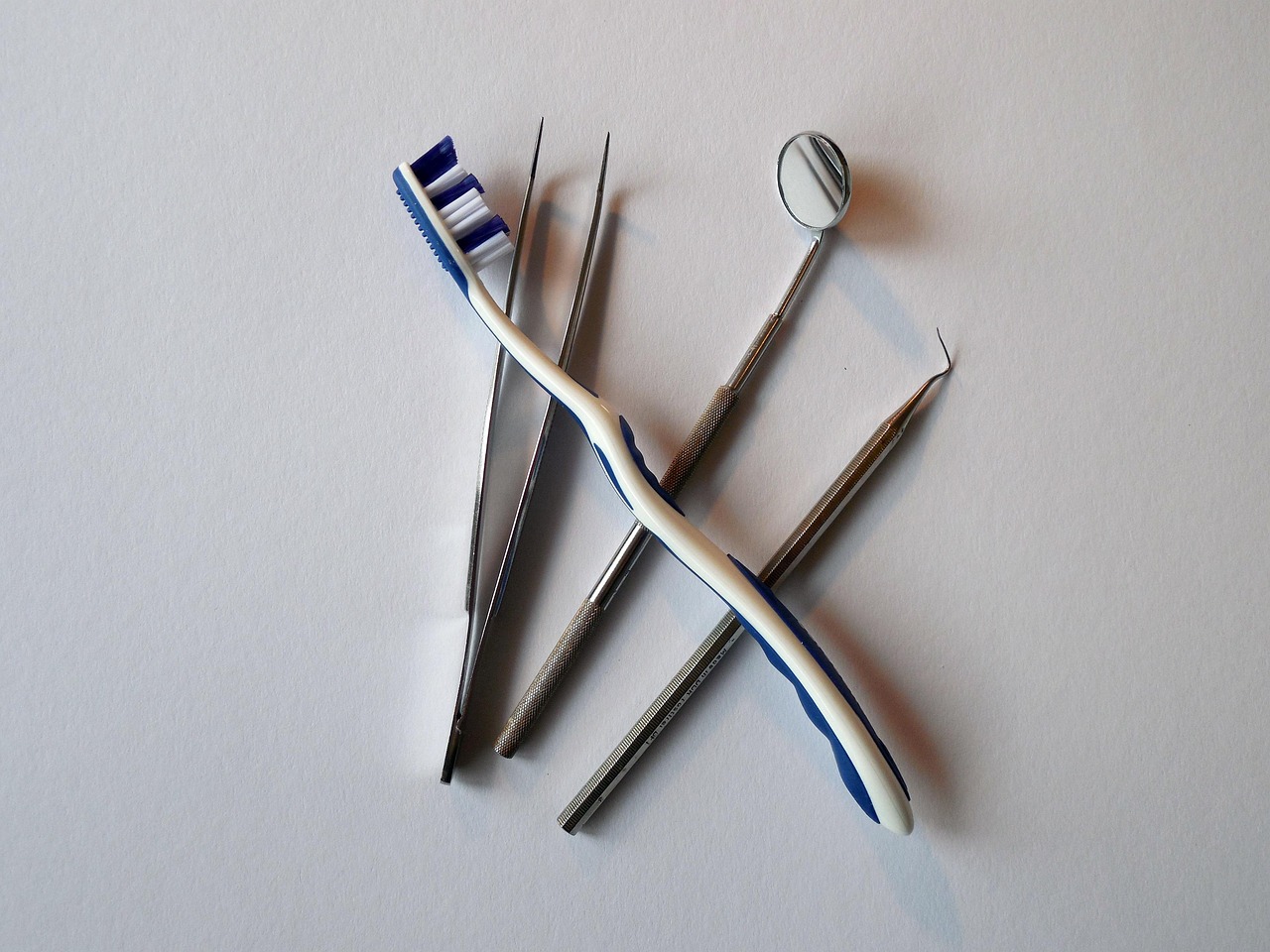Dentists (in Australia, at least) have three main kinds of employment contracts:
- Salary
- Contract
- Services and Facility Agreeement
Of these, SFA has risen in popularity to be the most common form of private employment for dentists. So, how do these differ in practice?
Salary
The simplest of these is a salary arrangement. The dentist is an employee and gets paid for their time. They may see a hundred patients or 0, and they (should) get paid the same. Since it is not a business income, they have no business income or loss for that employment and no business reporting to worry about. Any income tax is calculated by their employer and withheld for them. As a bonus, they get paid super.
Contract
If the dentist is employed under a contract, they get paid a commission of their total billings (typically 36%-40%). In this arrangement, the dentist gets their total patient billings for a period, calculates their commission, and then issues an invoice to the practice they’re working at for the amount (+10% GST). Since this is a sale (the dentist has sold a service), they must then pay the ATO the 10% GST they’ve collected.
For example, let’s say the dentist bills patients $10,000 ($0 GST as dental supply has no GST) with a commission of 40%. Doing some simple math, the dentist would invoice the practice for $4,000 + $400 GST. The practice would pay the dentist $4,400. The dentist would pay the ATO $400, and be left with $4,000.
There’s no super or tax withholding. The dentist is responsible for making sure they set money aside for paying their accrued tax.
SFA
If the dentist is employed under a SFA, things get more complicated. Under an SFA, the dentist technically bills the patients and the practice collects the payment on their behalf. As a result, the dentist’s income is the amount billed to patients.
The dentist then pays the practice an expense for the provision of services and the facility (typically 36% – 40%).
As a result, the dentist’s income is the amount billed to patients and the expense incurred in generating that income is the SFA expense (+ 10% GST).
For example, let’s say the dentist bills $10,000 ($0 GST as dental supply has no GST) with a SFA expense of 40%. The dentist (for tax purposes) has earned $10,000, and must pay the practice $6,000 + $600 GST. Typically, the practice will do this on the dentist’s behalf and pay them the difference of $3,400. The dentist then claims the $600 GST from the ATO.
As with a contract arrangement, there’s no super or tax withholding. The dentist is responsible for making sure they set money aside for paying their accrued tax.
Conclusion
From a tax perspective, salary employment is the easiest to manage as the employer manages the majority of the tax obligation. SFA comes in second because the practice will manage the payment to the dentist. Contract is certainly the most complicated because the dentist must now generate their own invoices to send to the practice, increasing the amount of work they must do,
